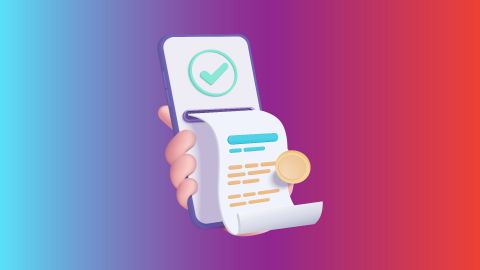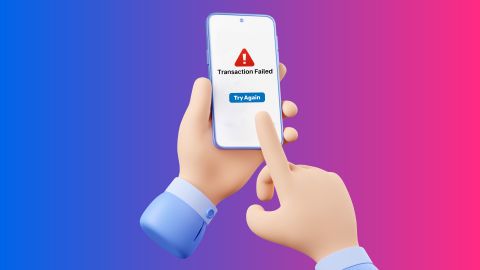Common errors in RFID scanning
RFID scanning can sometimes fail. Users often encounter issues that disrupt the smooth operation of these systems. Common errors include misalignment of tags and readers. Tags may not be within the optimal scanning range. Environmental factors can also interfere with signals. Metal surfaces and liquids can block or distort RFID signals.Additionally, damaged or improperly encoded tags lead to scanning failures. Users may also face problems due to software glitches or outdated firmware. These errors can result in delays and frustration for both customers and businesses. Understanding these common issues is essential for effective troubleshooting.
Causes of RFID scanning errors
1. Tag misalignment: Tags not positioned correctly can lead to scanning failures.2. Distance issues: Tags may be too far from the reader.
3. Environmental interference: Metal objects and liquids can disrupt signals.
4. Damaged tags: Scratched or broken tags do not scan properly.
5. Software glitches: Outdated software can cause errors in scanning.
6. Reader malfunctions: Faulty equipment may fail to read tags accurately.
7. Improper tag encoding: Incorrectly programmed tags can lead to failures.
8. Signal blockage: Physical barriers can obstruct the RFID signal.
How to fix RFID scanning errors
1. Check tag alignment: Ensure tags are positioned correctly for scanning.2. Reduce distance: Bring tags closer to the reader for better detection.
3. Eliminate interference: Move metal objects and liquids away from the reader.
4. Inspect tags: Look for damage on tags and replace if necessary.
5. Update software: Regularly update the system software to fix bugs.
6. Test equipment: Check readers for malfunctions and repair if needed.
7. Reprogram tags: Ensure all tags are correctly encoded before use.
8. Clear signal path: Remove any physical barriers that block signals.
Best practices to prevent RFID errors
Preventing RFID errors requires a proactive approach. Regular maintenance of equipment is crucial. Businesses should routinely inspect RFID readers and tags for damage. Training staff on proper handling techniques helps reduce misalignment issues. Additionally, implementing a clear tagging process ensures all items are correctly encoded.Using high-quality RFID tags can minimise interference problems. It is also beneficial to conduct regular system updates to keep software running smoothly. Creating an organised environment free from potential signal blockers enhances performance. By following these best practices, companies can significantly reduce the occurrence of RFID scanning errors.
Consider Bajaj Finserv for toll plaza payments
Bajaj Finserv offers a seamless solution for toll plaza payments through FASTag service. Their system ensures quick and efficient transactions at toll booths. Customers benefit from reduced waiting times and enhanced convenience. Bajaj Finserv's reliable service minimise the chances of scanning errors, making travel smoother for users.With a focus on customer satisfaction, they provide easy-to-use solutions that integrate well with existing systems. Choosing Bajaj Finserv means opting for a hassle-free experience at toll plazas with its Bajaj Pay app.
Conclusion
RFID technology plays a vital role in various industries, but it is not without challenges. Common errors can arise from misalignment, environmental factors, or equipment malfunctions. Understanding the causes of these errors helps businesses implement effective solutions.By following best practices, companies can prevent issues before they occur. Services like those offered by Bajaj Finserv enhance user experience by ensuring reliable transactions at toll plazas. Ultimately, addressing RFID scanning errors leads to improved efficiency and customer satisfaction in operations.




